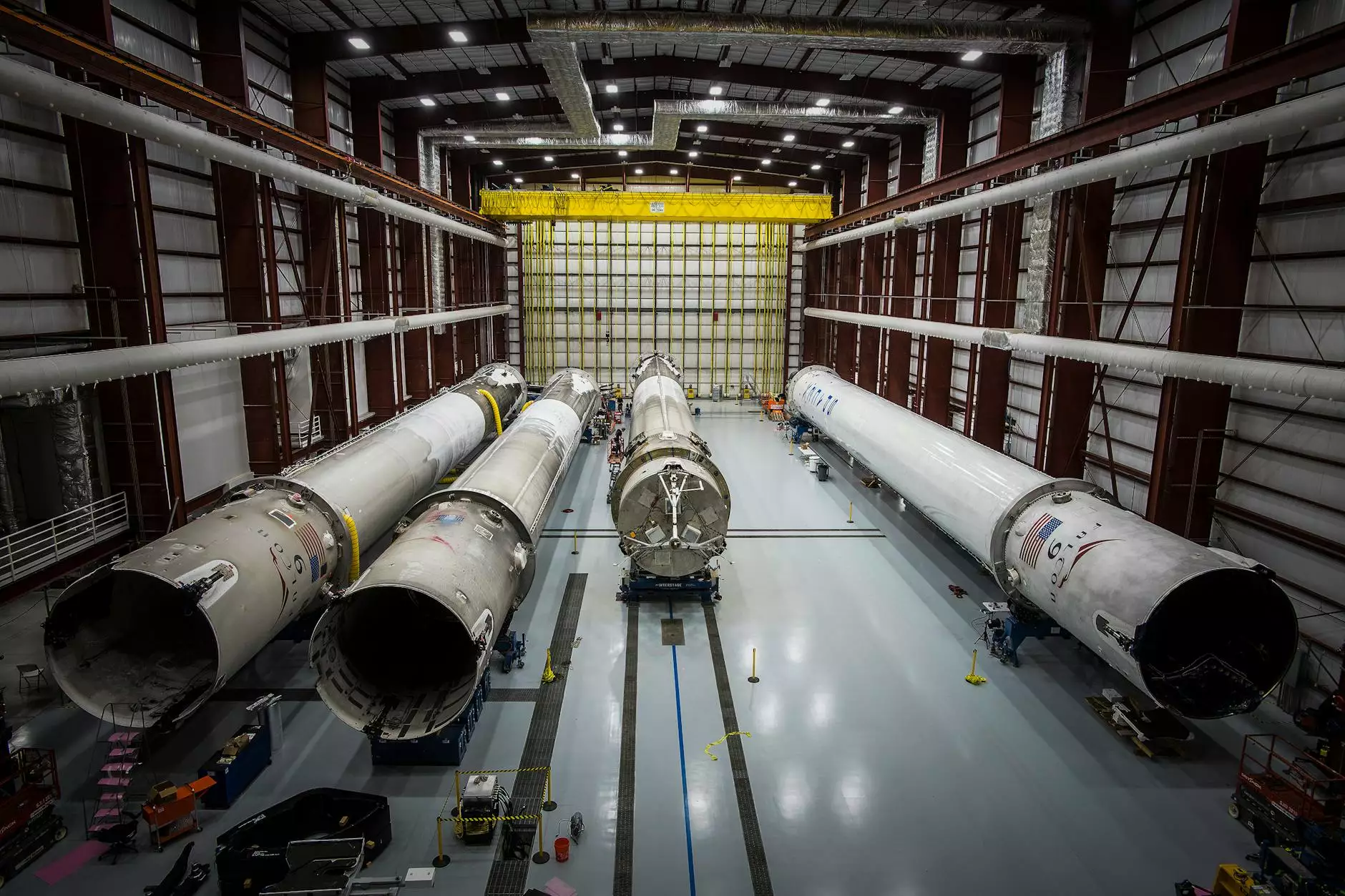Exploring Energy Storage System Applications: Innovations for a Sustainable Future

Energy storage systems are at the forefront of modern energy solutions, enabling us to balance supply and demand, enhance the reliability of power systems, and drive the transition towards renewable energy. As energy consumption continues to grow and the demand for cleaner energy sources increases, understanding the applications of energy storage systems becomes essential. In this article, we will delve into the various domains where these systems play a crucial role and explore their numerous benefits.
Understanding Energy Storage Systems
Energy storage systems (ESS) refer to technologies that store energy for use at a later time, facilitating the efficient management of energy resources. They come in several forms, including batteries, pumped hydro storage, thermal storage, and compressed air energy storage. Each type has unique characteristics that determine its suitability for different applications.
Types of Energy Storage Technologies
- Batteries: Chemically based systems that store electrical energy. Lithium-ion batteries are the most common due to their high energy density and efficiency.
- Pumped Hydro Storage: A large-scale solution that involves pumping water to higher elevations during low demand periods and releasing it to generate electricity when needed.
- Thermal Energy Storage: Stores energy in the form of heat, often used in conjunction with concentrated solar power plants.
- Compressed Air Energy Storage: Stores energy by compressing air in underground caverns and releasing it to drive turbines when electricity is needed.
The Vital Role of Energy Storage in a Modern Economy
The integration of energy storage systems into the grid supports various industries, enhances operational efficiency, and promotes sustainability. Here are some key applications of energy storage systems:
1. Renewable Energy Integration
One of the most significant applications of energy storage systems is their role in integrating renewable energy sources such as solar and wind power. These sources are often intermittent, meaning their energy output can fluctuate based on weather conditions. Energy storage enables:
- Smoothing energy supply: By storing excess energy produced during peak production times and releasing it when production falls, energy storage helps maintain a steady energy supply.
- Facilitating grid stability: Energy storage systems can respond rapidly to changes in energy demand, providing critical support for grid stability.
- Maximizing renewable energy usage: They allow for the capture of energy that would otherwise go to waste, enhancing overall energy efficiency.
2. Peak Shaving and Demand Response
Peak shaving refers to the practice of reducing energy consumption during peak demand periods. Energy storage systems are pivotal in this process by storing energy during off-peak times and discharging it during peak periods, thus:
- Lowering energy costs: Businesses can save significantly by avoiding high demand charges from utilities.
- Reducing reliance on fossil fuels: Storage systems enable cleaner energy usage during peak times.
- Enhancing energy resilience: Businesses are less vulnerable to energy shortages during high demand scenarios.
3. Backup Power Systems
In a world where power outages can disrupt business operations and endanger safety, energy storage systems provide reliable backup power. This application is crucial for:
- Critical infrastructure: Hospitals, data centers, and emergency services that must remain operational regardless of grid failures.
- Homeowners: Individuals looking to have autonomy over their energy supply during outages.
- Remote locations: Areas that are not connected to the electrical grid can leverage storage systems for reliable power access.
4. Microgrid Development
Microgrids are localized grids that can operate independently or in conjunction with the main grid. They are increasingly incorporating energy storage systems for:
- Enhanced energy security: Allowing communities to rely on local resources during grid failures.
- Integrating diverse energy sources: Supporting energy input from local renewable sources while providing storage for daily fluctuations.
Environmental Impact and Sustainability
Energy storage systems significantly contribute to a sustainable future by reducing greenhouse gas emissions and promoting cleaner energy technologies. Their positive environmental impact can be summarized as follows:
- Reduction of Emissions: By enabling greater use of renewable energy, energy storage minimizes reliance on fossil fuel generation.
- Support for Electric Vehicles: As electric vehicle usage rises, energy storage facilitates grid support to accommodate increased demand and offers off-peak charging solutions.
- Conservation of Resources: Optimizing energy efficiency reduces the need for building new power plants and minimizes resource consumption.
Future Trends in Energy Storage System Applications
The future of energy storage is bright, with ongoing innovations expected to further enhance their applications across various sectors. Notable trends include:
1. Advanced Battery Technologies
The development of next-generation battery technologies, including solid-state batteries and flow batteries, promises enhanced energy density, safety, and lifespan. These advancements will make energy storage systems even more viable for diverse applications.
2. AI and IoT Integration
The integration of Artificial Intelligence (AI) and Internet of Things (IoT) technologies is revolutionizing energy storage management. Smart systems will optimize energy use based on real-time data, improving efficiency and reliability.
3. Policy Support and Incentives
Governments across the globe are recognizing the importance of energy storage in achieving sustainability goals. Policy support and incentives for energy storage technology are likely to increase, driving further adoption.
4. Cost Declines
The continued decline in costs associated with energy storage technologies will promote widespread adoption, making it accessible for both large businesses and homeowners alike.
Conclusion
Energy storage system applications are transforming the way we think about energy consumption and production. From enhancing renewable energy integration to providing backup power and improving grid stability, their benefits are far-reaching and critical for a sustainable future. As technology evolves and more applications emerge, the role of energy storage in business and everyday life will only become more pronounced.
In conclusion, businesses such as BMGREAT.COM can greatly benefit from incorporating energy storage solutions, leading to increased efficiency, reduced operational costs, and a smaller carbon footprint. As we look to the future, the development and application of energy storage systems will be pivotal in shaping a more sustainable and resilient energy landscape.









